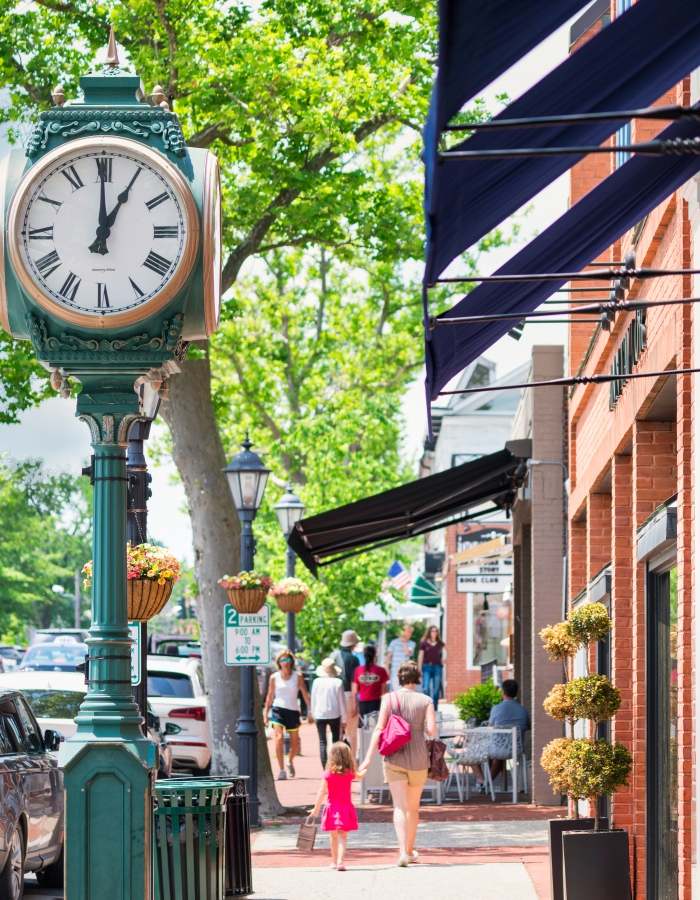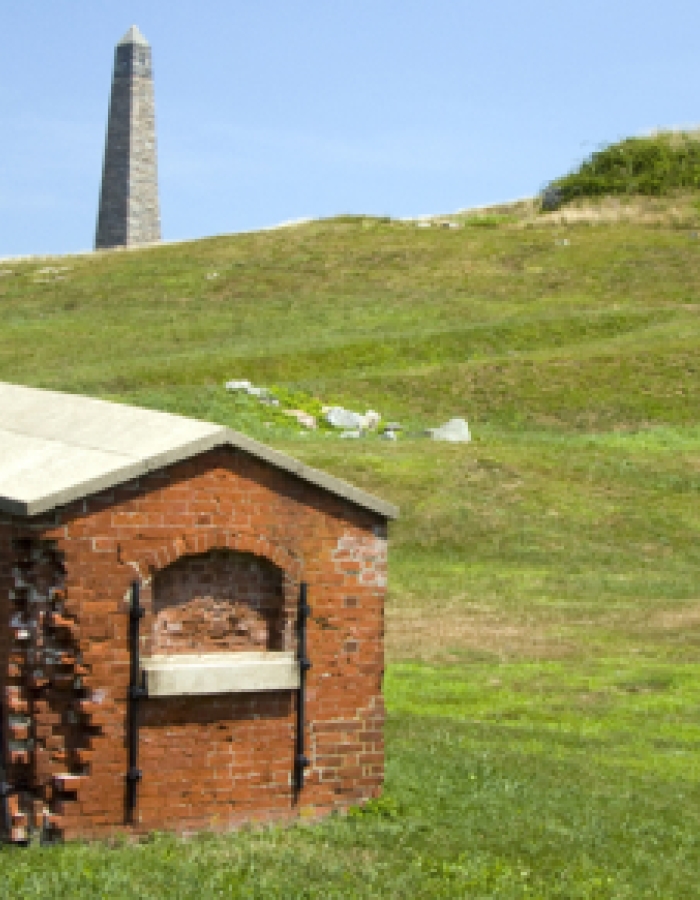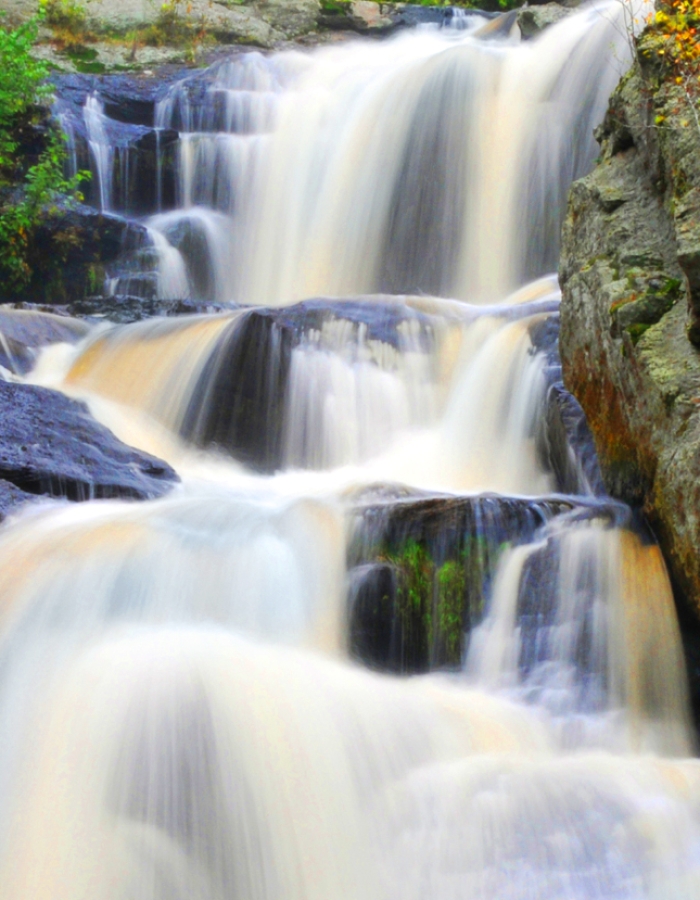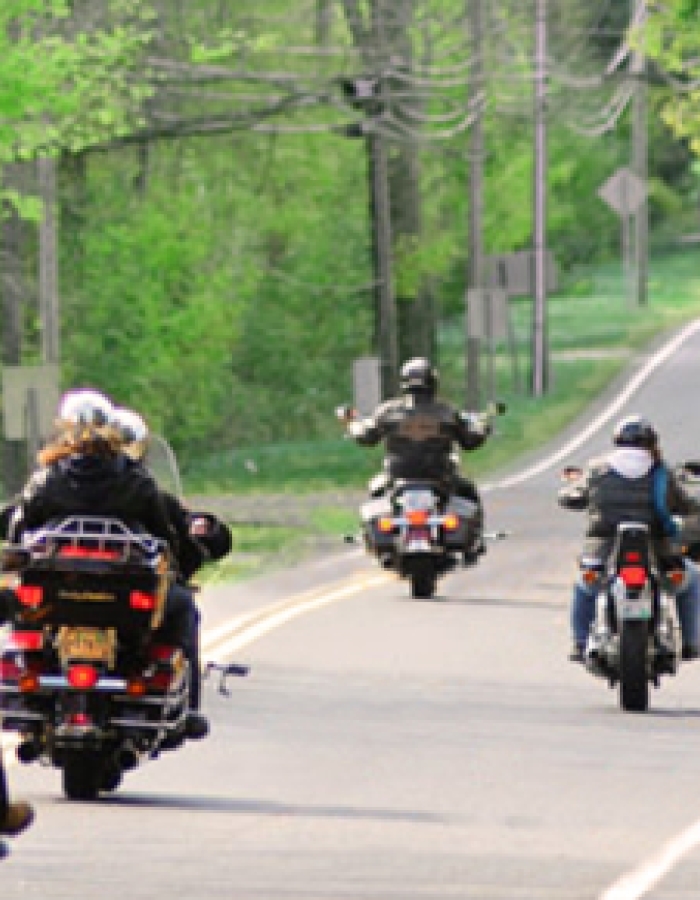Fuertes y fortalezas de Connecticut
última actualización: January 2024
Desde los primeros asentamientos en Connecticut, la construcción de un fuerte fue siempre la primera orden del día. Hoy en día, algunas de estas fortificaciones, o al menos sus posiciones estratégicas, aún sobreviven. Visítelos y tendrá una idea de la vida (y de las amenazas a la vida) en esos primeros días.
Fuerte Griswold
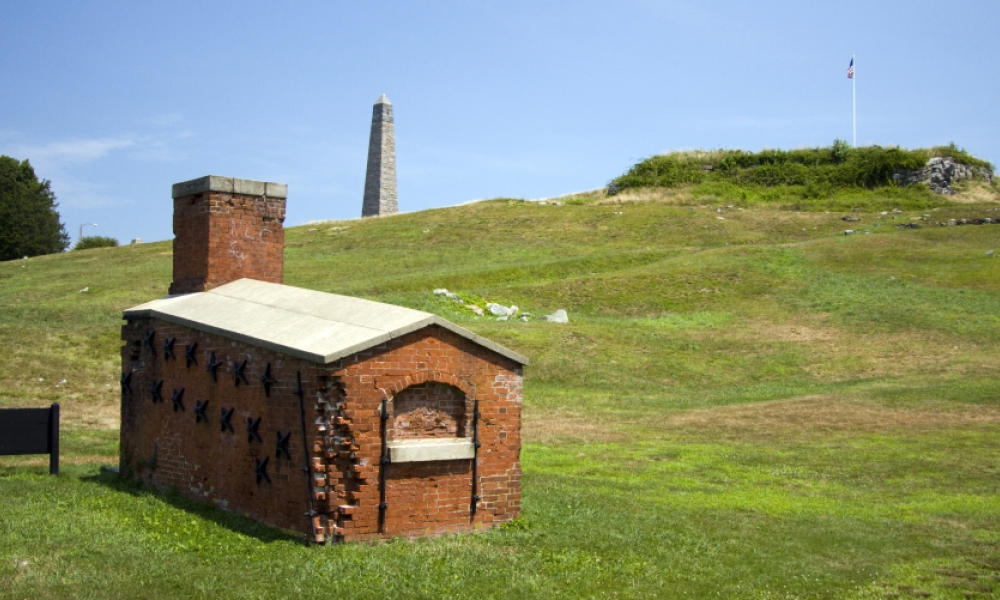
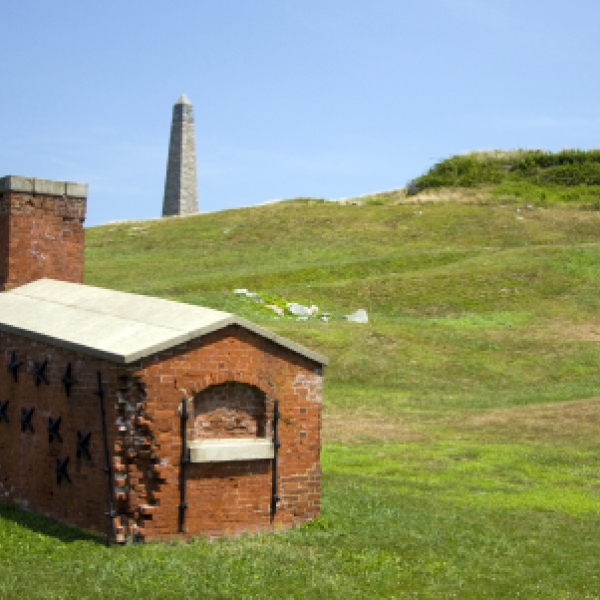
Fuerte Griswold, Groton
Benedict Arnold quedó para siempre marcado como traidor cuando dirigió una incursión británica en Fort Griswold en Groton en 1781. Los británicos capturaron el fuerte y masacraron a 88 de los 165 defensores estacionados allí. Hoy en día, quedan los restos del fuerte, junto con otras estructuras de la época relacionadas con la batalla. El sitio es ahora un parque estatal que ofrece algunas comodidades, como mesas de picnic.
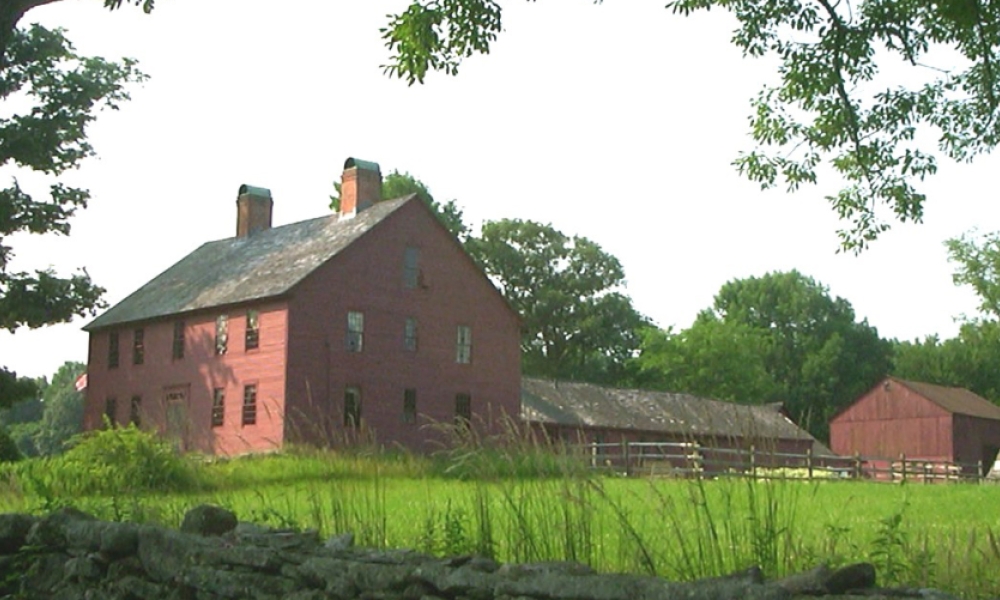
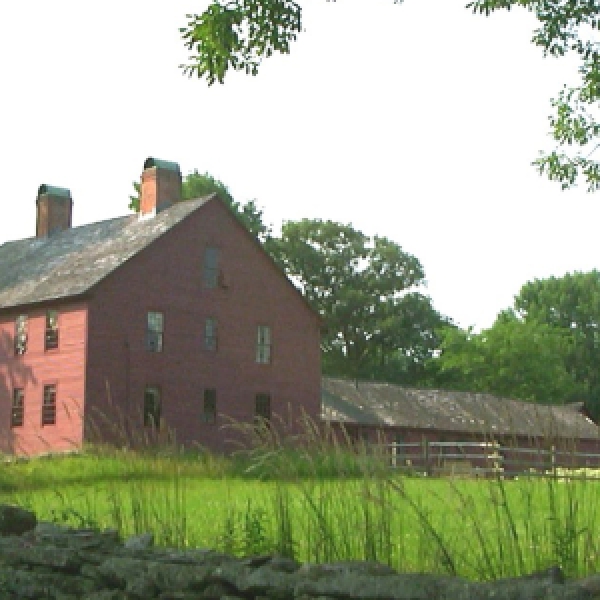
Fuertes de New Haven
Los primeros intereses comerciales de New Haven y su posición en Long Island Sound significaron que era un objetivo potencial para las incursiones enemigas. Black Rock Fort (Guerra Revolucionaria) y Fort Nathan Hale (Guerra Civil) se construyeron para repeler a los invasores y dar a los lugareños una sensación de seguridad. Ambos fuertes ocupaban aproximadamente el mismo espacio en la costa este del puerto de New Haven. En los últimos años, han sido reconstruidos con un puente levadizo, un foso, murallas, polvorines y un búnker “a prueba de bombas”.


Fuerte Saybrook, Viejo Saybrook
Una de las posiciones más estratégicas de Connecticut desde sus inicios fue la comunidad de Saybrook (ahora Old Saybrook) ubicada en la desembocadura del río Connecticut. Una buena muestra de esos días se puede encontrar en Fort Saybrook Monument Park, cuyos 17 acres incluyen el sitio de la fortificación original y guiones gráficos que representan la historia de Saybrook Colony.
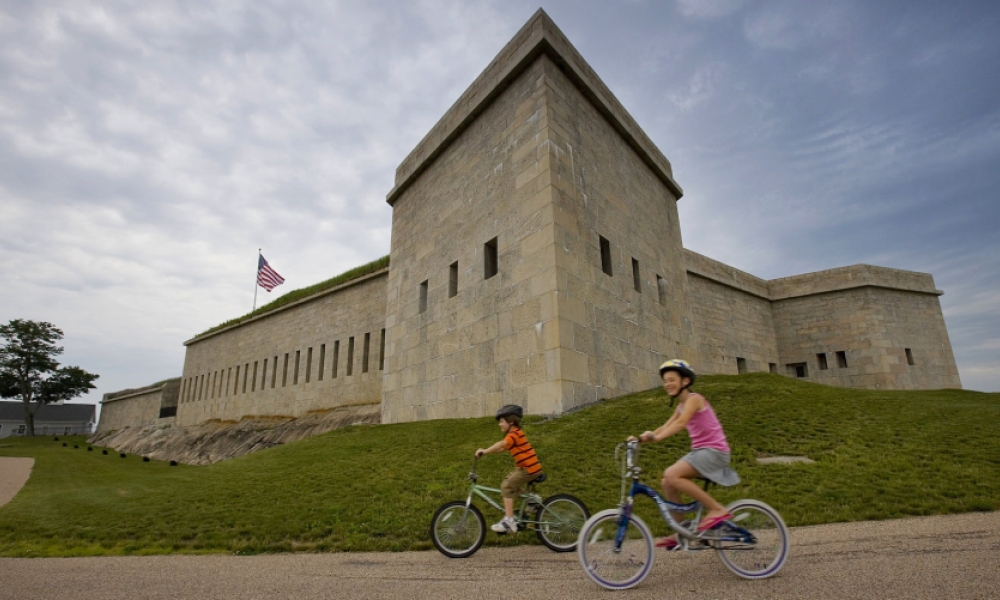

Fuerte Trumbull, Nuevo Londres
La Guerra Civil generó temores a lo largo de la costa de Connecticut de que estuviera abierta a incursiones y ataques de la Armada Confederada. Fort Trumbull se construyó en 16 acres a lo largo de las orillas del río Támesis en New London. Hoy, el sitio ha sido restaurado como parque estatal, incluyendo un centro de visitantes y dos pisos de teatros y exhibiciones interactivas. Considere visitarlo junto con el cercano Fuerte Griswold.
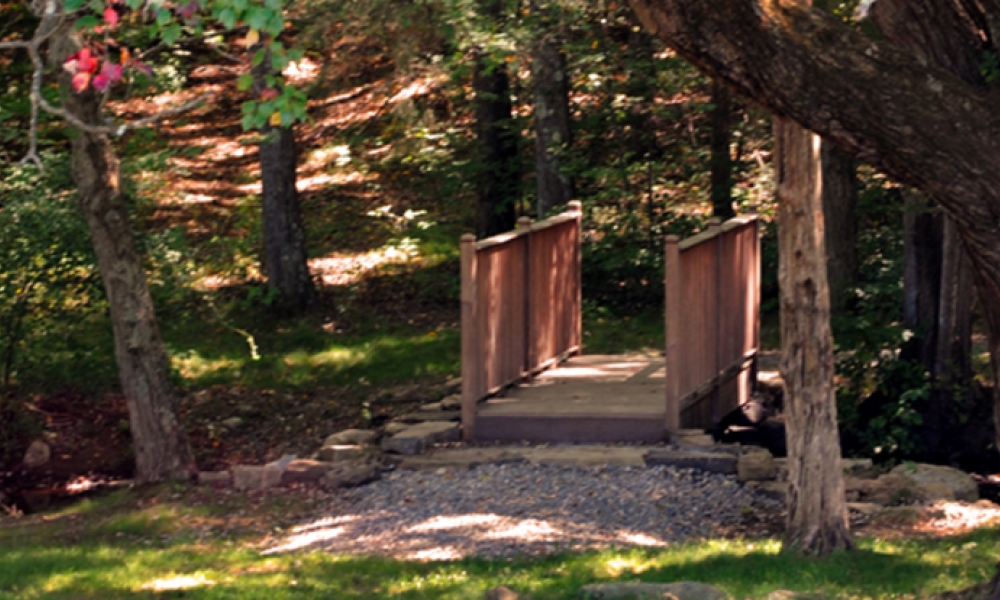
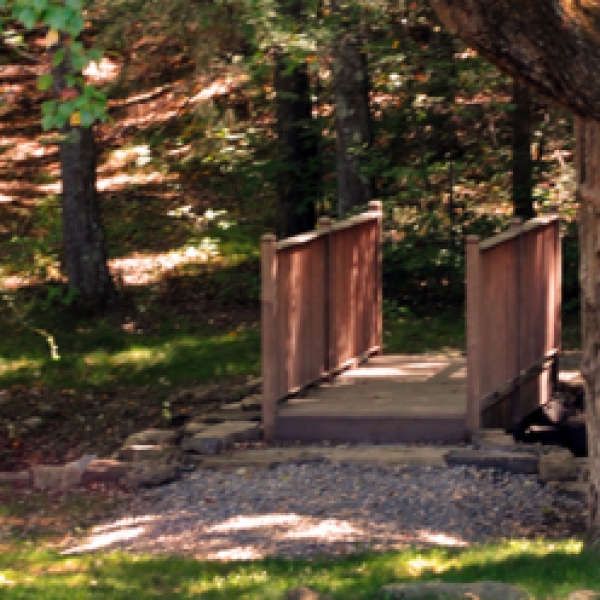
Fuerte Shantok, Montville
Los nativos americanos también tenían fuertes, y uno de ellos, Fort Shantok, en Montville, ha sido declarado Monumento Histórico Nacional. Fort Shantok fue utilizado como ubicación estratégica por los mohegan, bajo el liderazgo de Uncas, para contener a los agresivos Narragansetts en 1635. Un monumento en el sitio rinde homenaje a Uncas y conmemora la batalla.
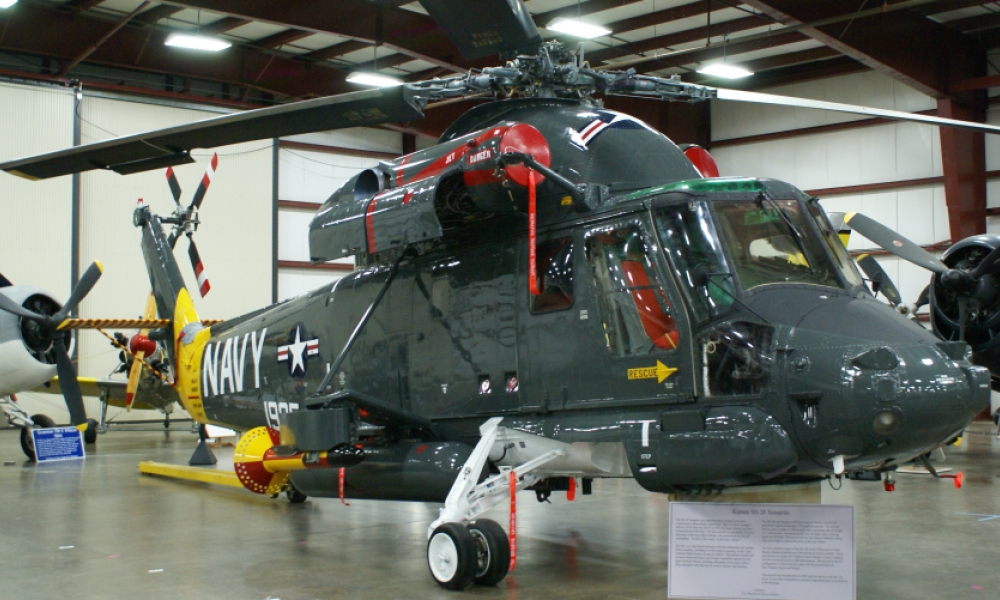
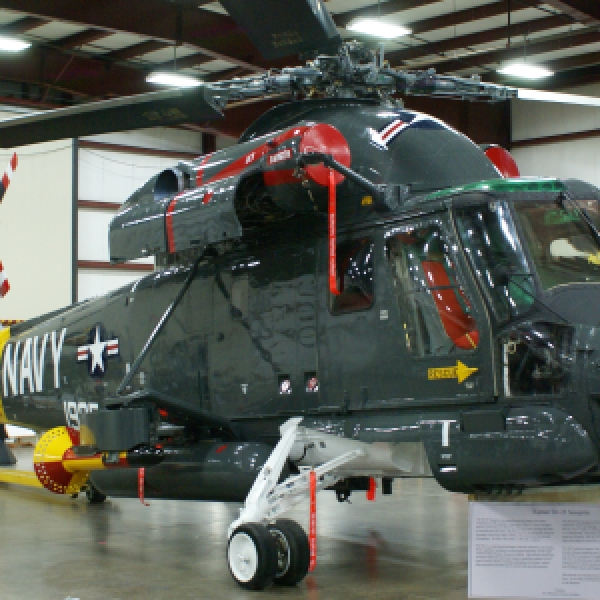
Museo del Aire de Nueva Inglaterra, Esclusas de Windsor
Finalmente, si lo que busca es una “fortaleza” en lugar de un fuerte, diríjase al Museo del Aire de Nueva Inglaterra en Windsor Locks, donde una magnífica “Superfortress” Boeing B-29A espera su mirada evaluadora. El bombardero pesado de cuatro motores propulsado por hélice fue diseñado por Boeing para operaciones de larga distancia y gran altitud durante la Segunda Guerra Mundial. Voló por primera vez en 1942 y fue el bombardero más avanzado de su época. Si leíste o viste Unbroken y te preguntaste por qué este avión causó tanta sensación cuando despegó por primera vez, puedes hacerte una idea viéndolo aquí.
Entrega especial

Connecticut, entregada al alcance de su mano
Comparte tu dirección de correo electrónico para recibir nuestro boletín gratuito y ser el primero en ver las últimas ofertas de viajes, atracciones y noticias de CTvisit.com!










